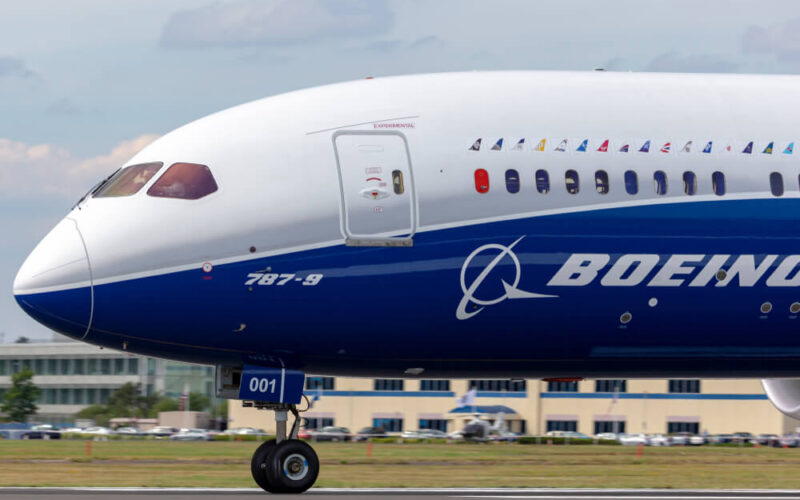U.S. authorities question Boeing 787 Dreamliners lightning protection
New concerns have emerged about Boeing 787 Dreamliner wing design changes and the corresponding modifications to the lightning protection on the wings themselves. The U.S. Federal Aviation Administration’s (FAA) management lit the green light for the manufacturer to make the change, despite FAA’s own engineers objecting to the modification.
The design change in question is the removal of copper foil from Zone 3 of the wing of the Boeing 787 Dreamliner. Because the wing is made from composite materials, rather than metal, it has less conductivity, thus is more susceptive to damage following a lightning strike. The copper foil, including numerous other measures, was designed to prevent such damage from potentially endangering lives.
“It appears FAA specialists believed Boeing’s design change failed to comply with Special Condition 25-414 SC, which requires Boeing to show that a fuel tank ignition would be extremely improbable,” NAME DeFazio, the chairman of the U.S. House Representatives Transportation and Infrastructure Committee has written in a public letter to the FAA administrator Stephen Dickson.
The problem arises from the fact that wing fasteners are no longer fault tolerant because of the removal of the copper foil, reports The Seattle Times, indicating that 90% of the fasteners became a single point of failure with the potential to become an igniting point in an event of a lightning strike, according to an anonymous FAA engineer.
In November 2019, the U.S. committee chairman raised concerns about the situation, arguing that the committee is “deeply concerned” about the fact that the FAA is only now asking Boeing to provide data for assessment if “any corrective actions” are required.
Further problems arise from the fact that, according to DeFazio’s letter, Boeing already built 40 Dreamliners with the modifications to the wing even before the regulatory body approved the change. The Chairman of the Committee called it “an astonishing fact that suggests either willful neglect of the Federal aviation regulatory structure or an oversight system in need of desperate repair.”
Initially, FAA rejected Boeing’s lightning protection design change in February 2019, based on a timeline of events depicted in the letter. However, Boeing appealed the decision in a meeting the following week. In March 2019, FAA’s management reversed course and accepted Boeing’s position.
Stephen Dickson is set to appear before the Committee regarding the oversight of the 737 MAX certification on December 11, 2019.
ARTICLE:

